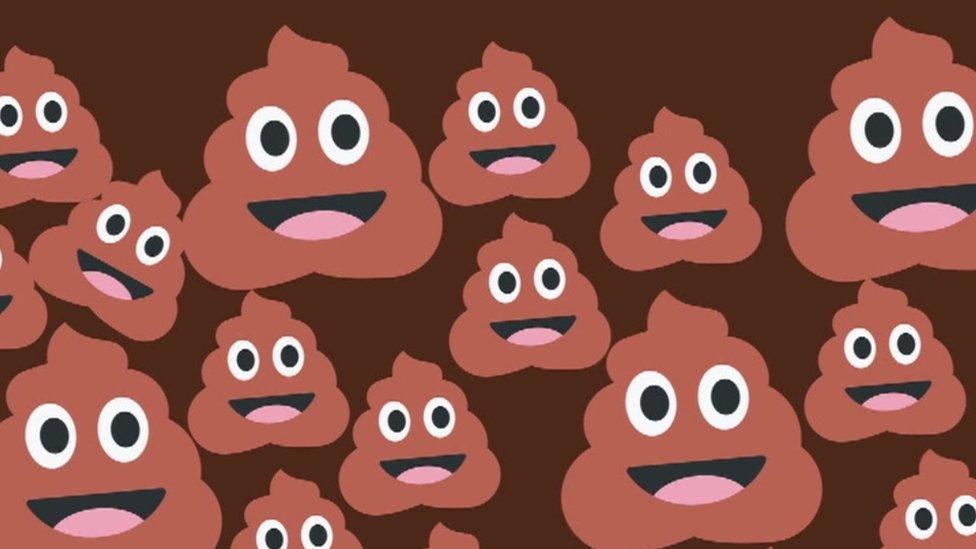Medieval poo provides clue for healthy guts
- Published
- comments

Scientists can learn a lot about staying healthy thanks to the bacteria found in medieval poo.
Researchers have been studying the poo found in 500-year-old toilets in Latvia and Israel.
They believe the findings could help in understanding more about gut health and digestion in present-day humans; knowing how food and diet affect our bodies.
Your gut is home to trillions of bacteria, fungi and other microbes, all of those things together is called a microbiome. It plays a really important role in your health and helps control digestion and the microbes are good for things like your immune system.
"If we are to determine what constitutes a healthy microbiome for modern people, we should start looking at the microbiomes of our ancestors who lived before fast-food," said one of the researchers, Dr Piers Mitchell from Cambridge University.
Using the samples from several toilets found in Riga, the capital of Latvia, and Jerusalem in Israel, scientists were able to collect a bigger sample giving them a better idea of the kind of things people ate in the 15th century.
If you cannot see the interactive activity on this page, click here.
To make sure any sample they collected was poo that came from medieval bottoms, the scientists had to work out the kind of microbes that form in the gut compared to those normally found in soil.
Once they had done that, the team collected bacteria known to live in the intestines of modern humans and compared the two. They also compared the organisms found in the stomachs of humans with a completely different diet, specifically those who rely on hunting for food.
Although there were some similarities between the three, Susanna Sabin, who co-led the study said the 15th century poo was pretty unique:
"We don't know of a modern source that harbours the microbial content we see here."
The researchers say further studies will be needed at other archaeological sites and time periods to fully understand how the microbiome changed in human groups over time.
The work could result in a better understanding of what causes some illnesses, allergies, and obesity.
- Published11 January 2018

- Published13 March 2019

